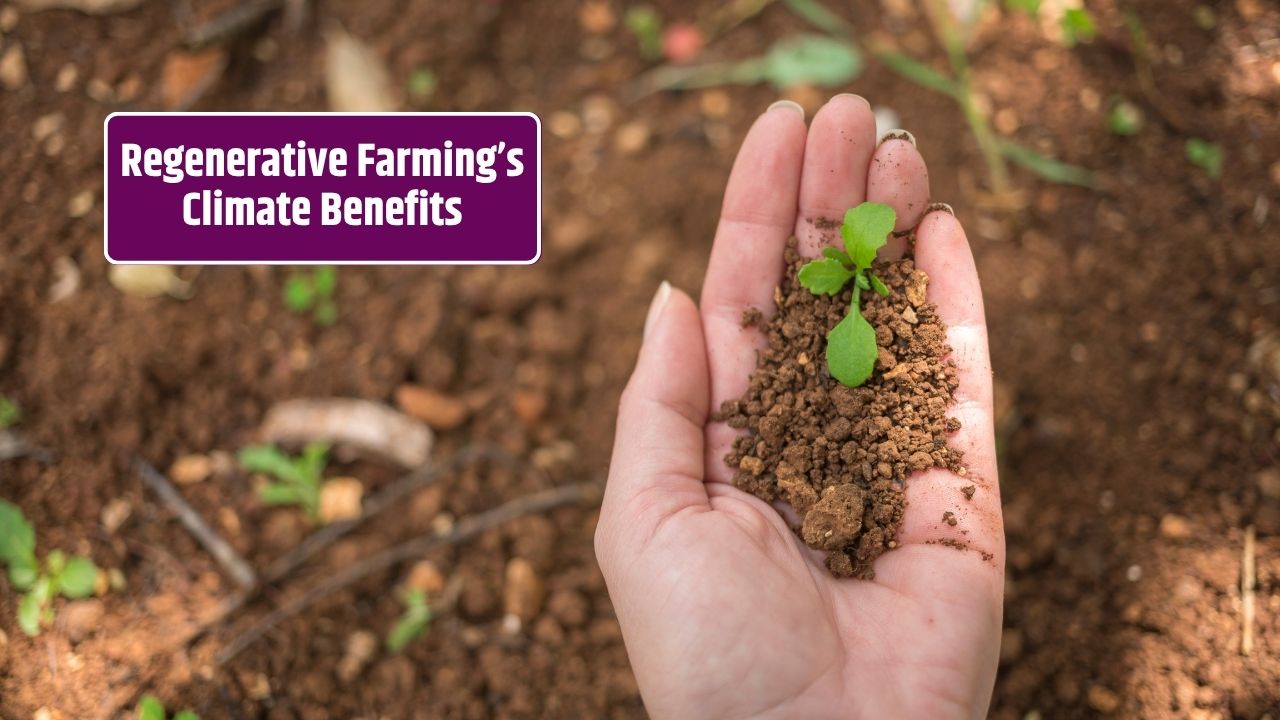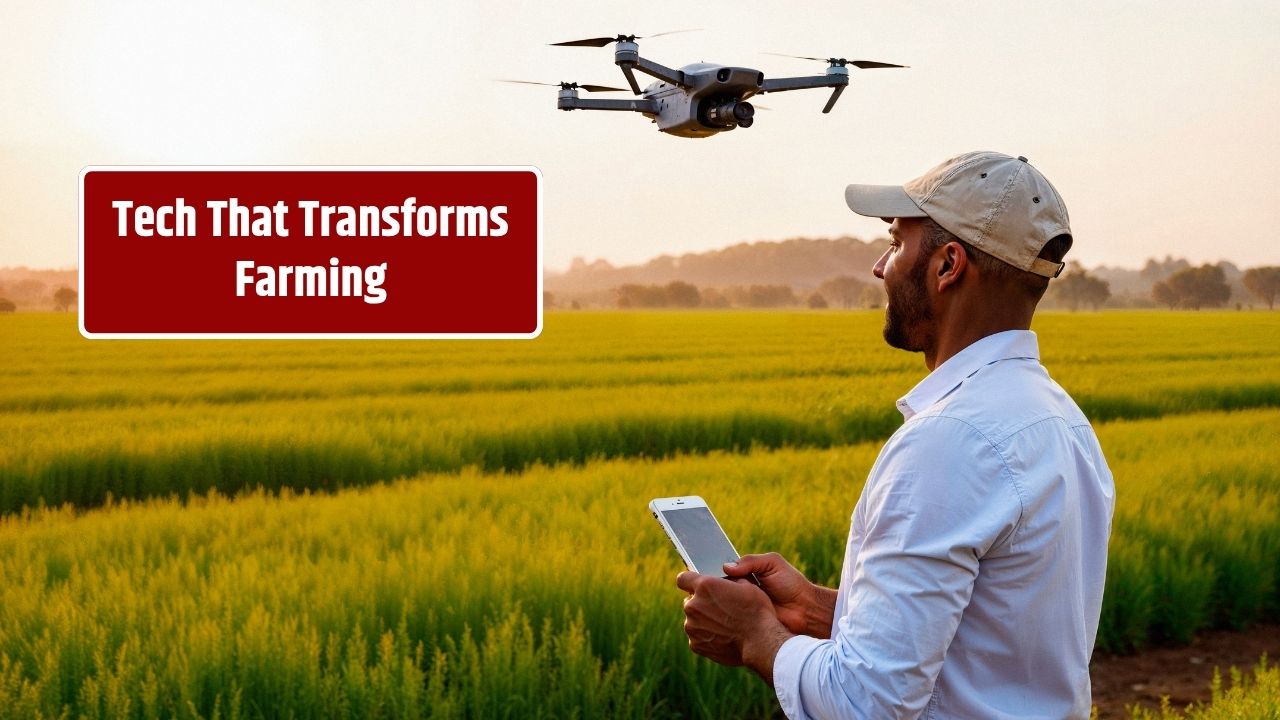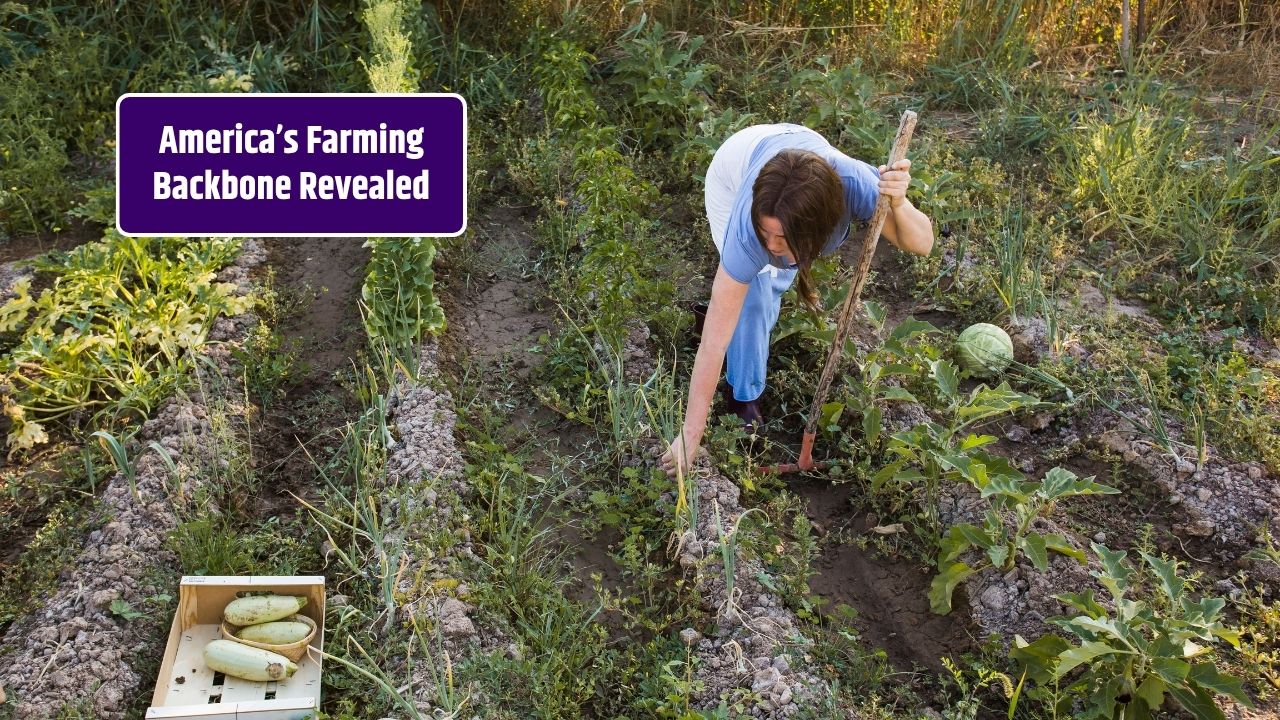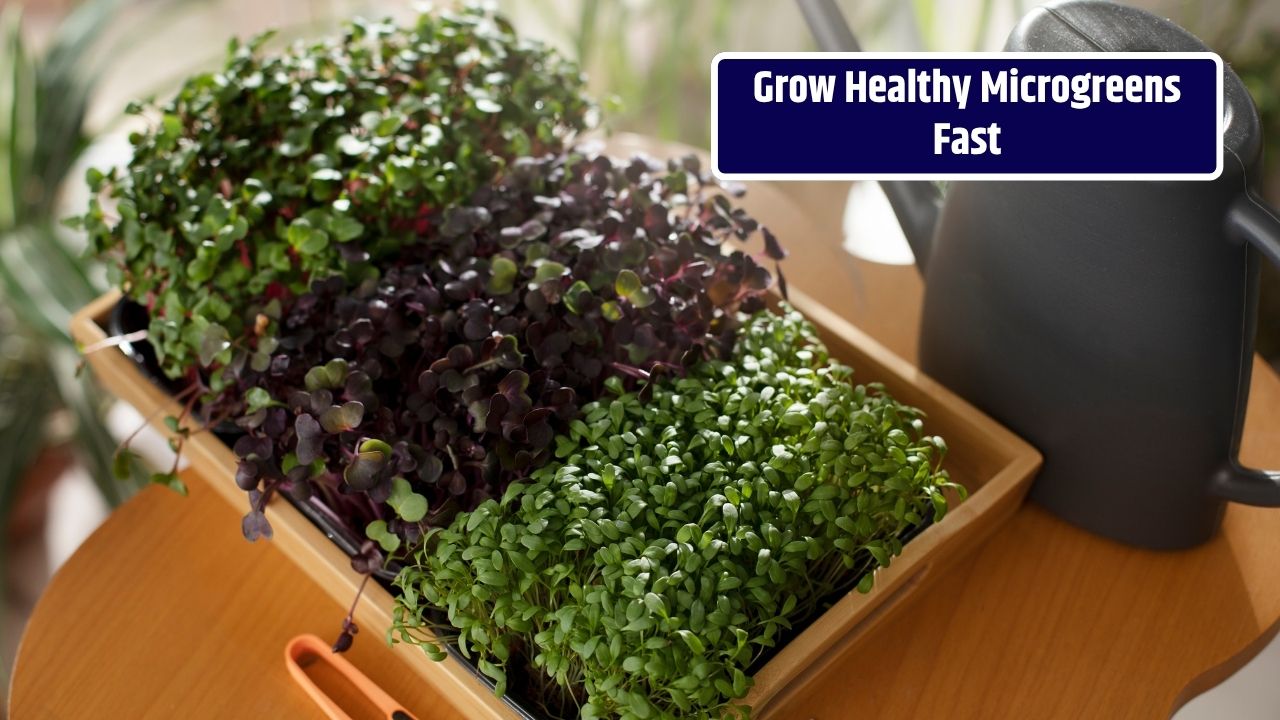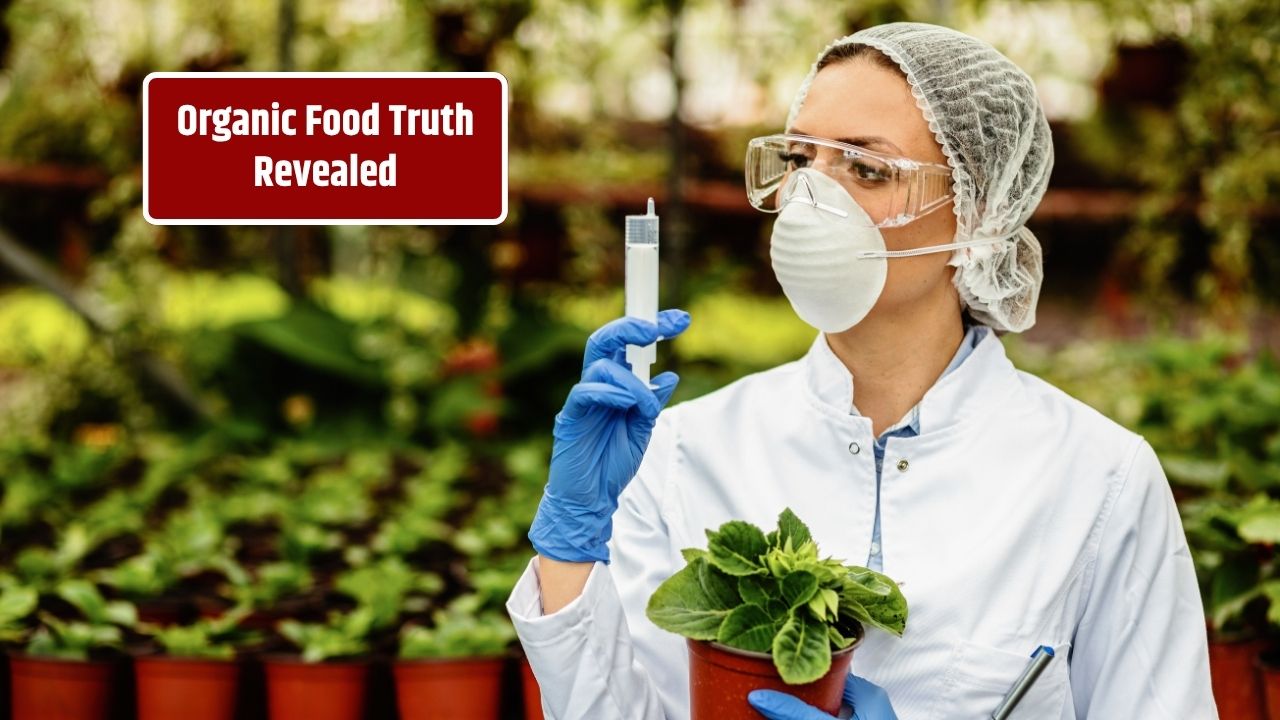Regenerative farming is gaining attention as a powerful tool for healing the earth and creating more sustainable food systems. Unlike conventional agriculture—which often depletes soil, pollutes water, and contributes to climate change—regenerative farming focuses on rebuilding soil health, increasing biodiversity, and capturing carbon from the atmosphere.
But what exactly is regenerative farming, and how does it benefit both the soil and the climate? Let’s break it down.
Table of Contents
What Is Regenerative Farming?
Regenerative farming is a system of agricultural practices designed to restore and enhance the health of ecosystems. It goes beyond sustainability by actively improving the land, rather than simply maintaining it. This method integrates principles from organic farming, permaculture, agroecology, and holistic land management.
Core practices often include:
- No-till or reduced tillage
- Cover cropping
- Crop rotation and diversification
- Composting and organic fertilizers
- Managed grazing for livestock
- Agroforestry and perennial planting
The overarching goal is to create a self-sustaining cycle that regenerates topsoil, promotes biodiversity, and locks carbon back into the ground.
Key Benefits for Soil Health
Healthy soil is the foundation of regenerative farming. These practices work in harmony with natural systems to build richer, more fertile soil over time.
1. Improved Soil Structure
No-till and cover cropping protect the soil structure, reduce erosion, and promote better water infiltration.
2. Enhanced Microbial Activity
Composting and avoiding synthetic chemicals support a thriving ecosystem of microbes, fungi, and insects essential for nutrient cycling.
3. Increased Organic Matter
Adding organic material through crop residue, compost, and root systems boosts soil carbon and fertility.
4. Better Water Retention
Healthier soils hold more water, reducing runoff and drought stress. This helps crops thrive even during dry spells.
Soil Health Comparison
| Practice | Conventional Farming | Regenerative Farming |
|---|---|---|
| Soil Organic Matter | Decreasing | Increasing |
| Erosion Risk | High | Low |
| Microbial Biodiversity | Reduced | Abundant |
| Water Retention | Poor | Improved |
Climate Benefits of Regenerative Farming
Regenerative agriculture also plays a crucial role in mitigating climate change by drawing down atmospheric carbon and storing it in the soil.
1. Carbon Sequestration
Plants absorb CO₂ during photosynthesis, and regenerative practices like cover cropping and perennial planting help trap that carbon in roots and soil long-term.
2. Reduced Greenhouse Gas Emissions
By minimizing synthetic fertilizers and fossil-fuel-intensive machinery, regenerative farms cut emissions significantly.
3. Resilient Ecosystems
Diverse plantings and better soil structure increase resilience to floods, droughts, and other climate-related disruptions.
4. Biodiversity and Pollinator Health
Greater biodiversity supports more pollinators, natural pest control, and a more balanced ecosystem—all of which are sensitive to climate changes.
Economic and Long-Term Farming Benefits
Although regenerative farming often requires upfront effort and a mindset shift, it can lead to long-term savings and yield stability.
- Lower input costs (less fertilizer, fewer pesticides)
- Improved yields over time due to healthier soil
- Better crop resilience to extreme weather
- Access to premium markets (organic, regenerative-certified, climate-smart labels)
Farmers who transition often find they are less dependent on external inputs and better equipped to handle environmental variability.
Challenges to Adoption
Despite its benefits, regenerative farming is not without obstacles:
- Transition period where yields may temporarily dip
- Access to education and training for regenerative practices
- Lack of incentives in current agricultural policy
- Need for market development to reward regenerative products
Still, growing consumer demand and climate urgency are pushing governments, nonprofits, and businesses to support the shift.
Regenerative farming isn’t just a buzzword—it’s a practical and powerful approach to restoring degraded land and addressing climate change. By focusing on soil health and ecological harmony, it offers a sustainable path forward for both farmers and the planet.
FAQs
Is regenerative farming the same as organic farming?
No. While they share principles like avoiding synthetic inputs, regenerative farming goes further by focusing on improving soil health and capturing carbon.
Does regenerative farming really fight climate change?
Yes. Practices like cover cropping, no-till, and managed grazing have been proven to sequester carbon and reduce emissions.
Can regenerative farming feed the world?
It has the potential to, especially when paired with policy reform, reduced food waste, and diversified diets.
Is regenerative agriculture only for large farms?
No. These practices can be scaled for small gardens, mid-sized family farms, or large agricultural operations.

